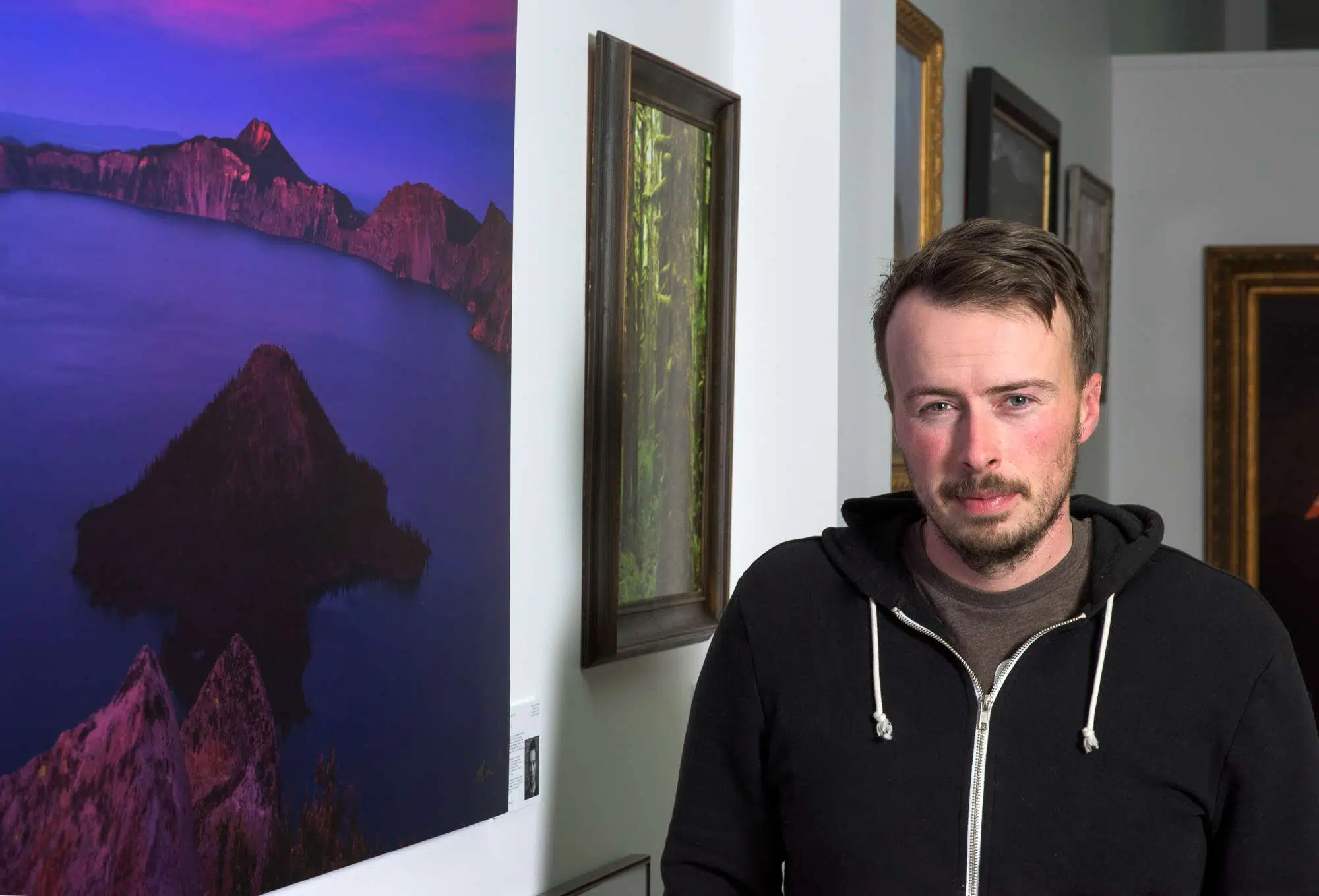To sell more art, artists need to learn how to better connect with their audience. While there are many different ways to do this, here are ten tips that have helped me personally.
Some of you might know, others might not that I opened a gallery in Downtown Winnipeg last year. We started as a pop-up and have moved to another location. Things have been going well and it has been a great experience. Another opportunity came up in Toronto and I moved out here. Running the gallery was a great experience, and I learned a lot.
Being on both sides as an artist who is in galleries and now a gallery owner that sells other artists’ works (as well as my own), I thought I would share my tips on how to get your art in the gallery and quite frankly sell it.
10. Have Your Work Visible
I need to see your work before we can accept it. All artists should have an online portfolio of some kind. It doesn’t have to be much, but, again I need to see your work first. If it is not online, then send slides or a CD. If it is big and you can’t bring it in, then photograph it yourself (or hire someone) and make sure the photos are decent quality.
9. Make An Appointment
When our gallery is open we’re are busy helping customers and of course selling artwork. A simple email is all I generally need to set aside some time to talk about an artist’s works.
If you’re emailing, please include some link to your work whether it be website, blog, or online portfolio. If we like what we see, we’ll set up a time to come in and talk with you.
8. Promote Yourself
Keep in mind when a gallery represents any artist they are entering into a business partnership with said artist. Personally, I want to see an artist who is active in getting their work out there. This includes, but is not limited to:
-Entering into competitions
-Applying to calls for entry
-Having a consistent social media presence
-Having a personal website or blog
-Pitching story ideas to publications
-Attending art openings/events
-Giving talks or workshops on your work/process
7. It’s Not Personal
Unfortunately, rejections are just a part of the game. Galleries have to look at the salability of an artist’s work as well as its quality of it. Sometimes, the work is just not the right fit for the gallery itself, but there are probably other galleries where it is.
Also, don’t take it too personally if we pass on your work. We are saying “no” to the art, not you as a person. And, often it is “not yet” so keep working.
6. Don’t Give Up. Keep trying
I think I have been rejected so many times I have lost count, but I succeed because I am willing to fail. On a personal, note please don’t spam people. It makes us (and you) look bad.
5. Attitude Counts
A positive attitude will get you places. Don’t get me wrong, your work should be really good, but artists who are easy to deal with tend to go further than artists who are not.
We work with artists day-in and day-out and it can be draining if we are constantly having to deal with someone who is difficult or has a chip on their shoulder.
You can crater your career if no one wants to work with you.
4. Follow Submission Guidelines
This is pretty straightforward, but it is so surprising how many artists fail to follow submission guidelines (over 60% in my experience!). Read the guidelines and follow them. It makes our job so much easier and it shows that you can follow directions.
3. Do What It Takes
Being an artist is ridiculously hard at the best of times. Be willing to go further and push yourself harder than everybody else. Doing that will get people’s attention and will eventually bring success.
2. Be Persistent
Never be afraid to follow up on a submission. We get so many emails it is easy for one to be misplaced. A friendly email following up is a good idea. It also shows the gallery owner you are serious.
1. Be a Professional
If the plan is to become a professional artist and/or advance your career, act the part. This means having a clean and presentable appearance, being polite, being on time for appointments, sending thank you notes, and responding to emails/calls promptly.
You want people to take you seriously as an artist and the only way to do that is by behaving like a professional. There are no shortcuts.
Conclusion
By following these simple tips, you will be well on your way to getting your work noticed by galleries and increasing your chances of being represented. It’s not an easy road, but if you are willing to put in the hard work and dedication, it can certainly pay off.
I hope this has been helpful. I welcome your comments and questions below.
Like anything the key is sheer and utter determination, that is the path to success.








0 Comments